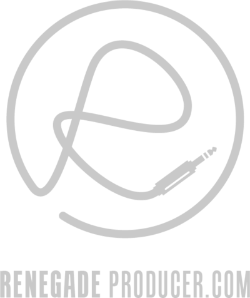25-step music production process checklist and video workshop >>>
This Little-Known, Powerful Frequency Ear Training Technique Makes It Possible to Intentionally Train Your Ears While You Produce Music Without Any Specialized Ear Training Software or Tools!
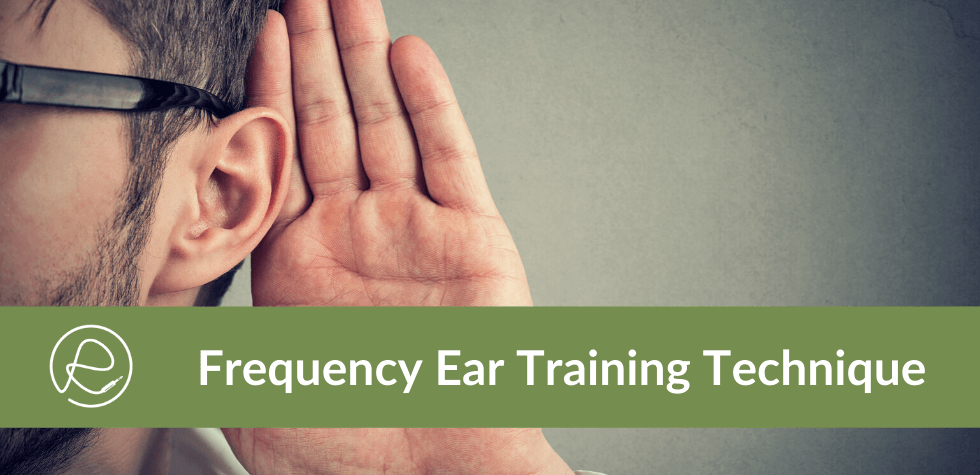
Regular readers of RenegadeProducer.com will know how important frequency ear training is for audio engineers and music producers.
The ability to recognize what you're hearing is fundamental to music production, as you of course can imagine.
Frequency ear training is a practice where you connect the 20Hz to 20kHz measurement system we use to describe frequencies to the actual sounds you hear.
In this post below I'll share with you one of the best ear training methods you can do without the need for additional ear training apps or software. The technique you'll uncover is simple, powerful and, yes, you can do it it while you produce music.
First, credit where credit is due...
I did not come up with this technique myself.
I learned about it from a great book called "Mixing with your mind" by Michael Paul Stavrou.
If you haven't read the book yet then you definitely should! It's a treasure chest of practical music production techniques you don't often hear about elsewhere.
You'll find a link to the book on the RenegadeProducer.com Music Production Resources page.
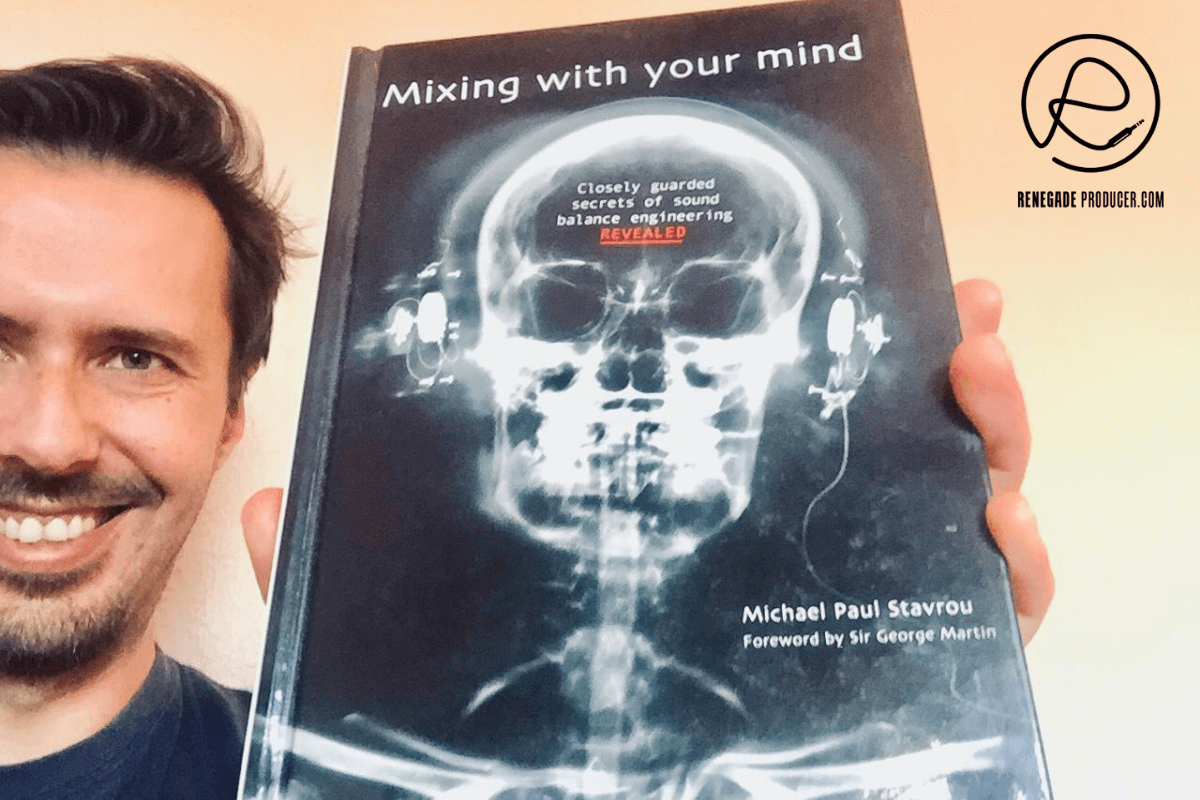 Man, very happy with book. ;-)
Man, very happy with book. ;-)The benefits of this frequency ear training method:
This frequency ear training technique is very simple. It requires only that you might need to slightly adjust the way you apply EQ while you produce or mix music. Don't be fooled by the simplicity of this technique though. Once you implement it you'll quickly start to realize just how powerful it is.
You'll start to get better at recognizing different frequencies in the audio spectrum and you'll also get instant feedback on how good your ability to target the right frequencies with your EQ moves actually is. In time you'll also start to trust your ears and decisions more which will speed up your workflow and make you a better music producer.
So, are you ready to learn the technique? Let's get right to it!
The EQ Frequency Ear Training Technique:
You're probably familiar with the common technique of "sweeping" to find a specific frequency using your parametric EQ. You switch on your EQ, set it to a narrow bandwidth or Q setting, boost it and then proceed to sweep through the EQ frequency bands to find the frequency you're looking for.
This sweep technique, while helpful at times, comes with some drawbacks.
Our ears are very good at doing A/B comparisons. So, when you toggle a before-EQ or dry sound with an after-EQ or wet processed sound you can tell the difference quite clearly.
Sweeping, on the other hand, muddles up this ability because our brains are constantly adapting and adjusting to the little differences or wrong frequencies we're sweeping through.
So, the crux of the technique Michael Stavrou suggests comes down to one thing...
Don't Sweep!
Here's what to do instead:
Compare your imagination with your best guess.
You want to work with an instant on-off A/B test instead of sweeping through your frequency spectrum with your EQ on.
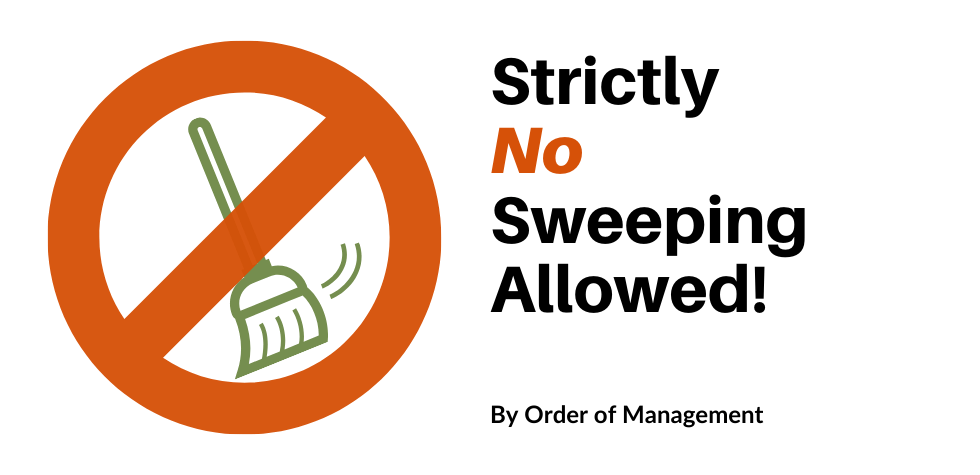
So, rather than sweeping up and down, which desensitizes and confuses your ear, you can use the EQ technique below, which doubles as an excellent frequency ear training method...
How to Apply The EQ Frequency Ear Training Technique:

- Switch off your EQ.
- Listen to the unfiltered/raw sound you want to EQ.
- Imagine the ideal sound, as you want it to be after you've applied your EQ.
- Adjust your EQ parameters according to what you think will match the ideal sound you hear in your imagination, without switching on your EQ yet.
- Once you have your settings dialed in, switch on your EQ (or EQ point) and listen.
At this point you'll immediately notice how close or far you are from the ideal sound you've imagined. If it matches then great. If not, then whatever you do, don't sweep! Switch out your EQ and run through the above process again.
The operational process he suggests is basically:
Listen > Imagine > Guess > Compare > Listen > Imagine > Guess > Compare
Listen to the original raw sound, imagine how it would sound once you've improved it with EQ, guess how to best set your EQ parameters and adjust your settings and then switch on the EQ and compare the post-EQ sound with the sound you imagined.
The Power of This Frequency Ear Training Technique:
This technique will, in time, make you better and better at knowing what certain frequencies sound like. Every time you punch in your EQ you'll notice straight away whether it's a hit or a miss.
You may have guessed, for example, that the scratchy frequency you need to remove from the vocal was at around 3kHz, only to discover that it's not fixed once you've made the cut and switched in your EQ. So, you switch out the EQ and try 5kHz which turns out to be the better move.
So, in short, not only does this EQ frequency ear training technique allow you to keep perspective while you mix or design sounds, it also trains your ear to know what specific frequencies or frequency bands actually sound like in practical real-world scenarios.
It's that easy!
Now, as you can imagine, this isn't rocket surgery. The technique itself is very simple. All it requires is that, if you've been sweeping, you stop sweeping and start to A/B compare your before-and-after EQ using a toggle method instead.
Sure, it may take a bit of habit-forming and discipline to implement. Put a "Don't Sweep!" sticky-note on your studio workstation screen if you need to at first. Once you've formed the habit it won't be long before you'll notice the resulting benefits of this powerful EQ frequency ear training technique.
Does this mean I don't need ear training software or apps?
In short, no. Use frequency ear training software for drills whenever you get the time to.
The technique you learned about above will however compound your ear training and the results you get while producing and mixing and you can do it on the job.
For more intense ear training I suggest you use TrainYourEars software.
Check out my review of TrainYourEars here right now to learn more.

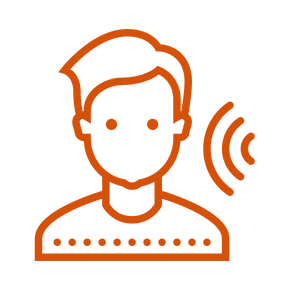
Learn to understand equalisers and frequencies to supercharge your mixing skills and get results, fast...

New producer? Learn everything you need to produce your first professional track right now...

Would you like to discover the simplest and easiest way to learn music theory as a music producer?
Share this post. Spread the knowledge so other producers can benefit too:
- Renegade Producer
- Music Production
- Frequency Ear Training Technique
ⓘ Some pages contain affiliate links so I might earn a commission when you buy through my links. Thanks for your support! Learn more

